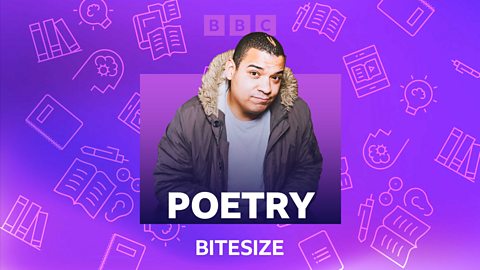When accepting her 13th Grammy at the 66th award ceremony in February, Taylor Swift announced the release of her new album The Tortured Poets Department.
The pop singer has often been compared to classic poets and authors in her time, but who were the real ‘tortured poets’ in history?
Hopefully you’ll never feel figuratively tortured for your art – but take a look at some of these original members of the tortured poets department, from Queen Victoria’s fave to a teenage drama king.
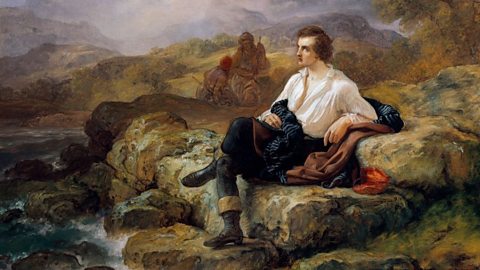
The myth: Creativity stems from suffering
Before we enter the real-life tortured poets department, it’s important to remember that the idea that great art requires great suffering is a myth.
In the late 1800s, the literary term poète maudit (literally ‘accursed poet’) was coined from the title of a collection of poetry by Paul Verlaine, in which he paid homage to himself and his friends. Meta, right? A typical poète maudit is a genius misunderstood by society who has a short and tragic life.
But modern science largely agrees that there’s no connection between creativity and torment; rather people will often turn to creative pursuits to process hard feelings and trauma. On top of that, creative careers have historically been underpaid, and the territory unfortunately often comes with a lot of rejection and instability.
But it’s important not to romanticise mental health struggles as the persistence of this myth can be – and has been – dangerous. After all, many artists’ and poets’ bestselling works weren’t created during their low points.
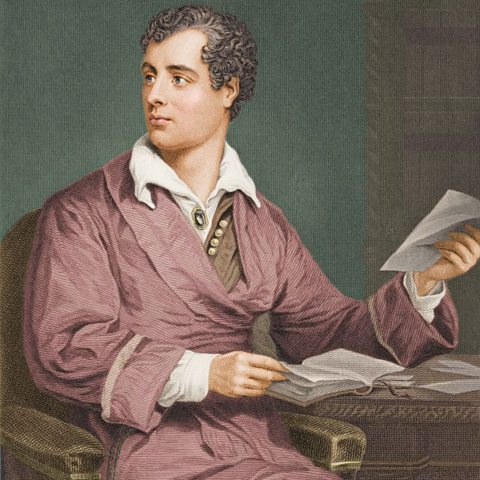
The antihero: Lord Byron (1788-1824)
George Gordon Byron is often regarded as one of the greatest poets of the Romantic era, but was also described as "mad, bad and dangerous to know".
Despite not finishing school, Byron attended Cambridge University where he was constantly in trouble, even reportedly bringing a tame bear to campus to protest the university’s 'no dogs' rule. His adulthood was more positive and highly successful, albeit not without plenty of scandal. He was celebrated for his poetry to such an extent that his first wife Annabella coined the term ‘Byromania’ to describe his fandom. Both his characters and public personality gave rise to the ‘Byronic hero’ archetype – a brooding protagonist that doesn’t play by the rules but is ultimately capable of love.
If you think you would find his tortured poet antics irritating, no one could have been more fed up than Lady Annabella, mother of computer engineer Ada Lovelace, who fiercely discouraged her daughter from following in her father’s creative footsteps. Byron’s Romantic lifestyle wasn’t his demise, however – instead he died of fever in 1824 while fighting in the Greek War of Independence from the Ottoman Empire.
You can read one of his famous romantic poems here.

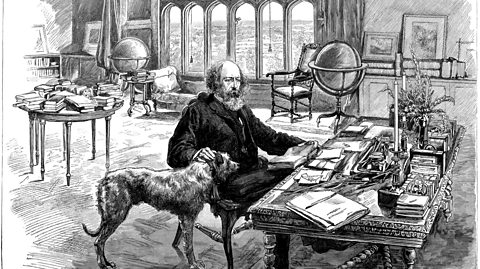
Queen Victoria's choice: Alfred Tennyson (1809-1892)
Another Lord and Cambridge undergrad, you might know Tennyson for his patriotic poem The Charge of the Light Brigade. While this is one of his most famous works, it wasn’t the one that gave him royal acclaim.
Born at the height of the Napoleonic wars in 1809, Tennyson had a very troubled childhood as one of 12 children. His father took to drinking and drugs, and many of his siblings consequently suffered with mental health issues. Tennyson used writing as a creative outlet, exploring difficult themes such as lovelessness, conflict, and greed.
Despite this unhappy start, Tennyson had a great time while at university, even becoming a published poet while still a student. He struck up a close friendship with scholar Arthur Henry Hallam (AHH), and the two were part of a secret debating society known as the Apostles. The support of friends made there fuelled his writing. However, Tennyson was devastated when AHH suddenly and tragically died in 1833.
Despite living quite erratically in his grief and refusing to publish for 10 years, Tennyson persisted to write. In 1850 he published In Memoriam AHH, an elegy dedicated to his late friend. This was applauded by Queen Victoria who said it helped comfort her during the loss of her husband Prince Albert. Tennyson then became the poet laureate, succeeding William Wordsworth, from 1850-1892, making him the longest-reigning appointee. He wrote The Charge of the Light Brigade at the height of his success in 1850.

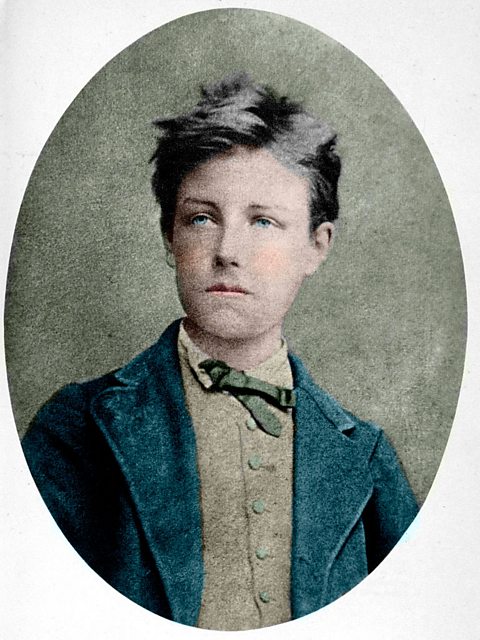
The rebel: Arthur Rimbaud (1854-1891)
One of the blueprint poète maudits was a young man by the name of Arthur Rimbaud. Born in northern France in 1854, Rimbaud would come to be known as the enfant terrible (terrible child) of the French poet world.
Rimbaud excelled in literature from a young age and was a star student at the Collège de Charleville. But his poems expressed all of his teenage angst, criticising his small-town life and authority – if he were alive a bit later, he might have been a poster child for punk rock. In 1870, the Franco-Prussian war resulted in the closing of his school. Rimbaud ran away from home three times in a year and, after one attempt to run to Paris to become a socialist revolutionist, was put in prison for travelling on trains without a ticket.
But his dreams of moving to the big city were not crushed. After sending some of his poems to fellow poet Paul Verlaine, Verlaine invited Rimbaud to Paris where he would stand with other literary giants of the time including Charles Baudelaire and Victor Hugo. There, Rimbaud devoted himself to poetry and became a pioneer of the Symbolist movement, characterised by metaphorical language that opposed the realist style that was popular post-Romanticism. However, Rimbaud was blamed for breaking up Verlaine’s marriage when the two had a romantic affair, and returned home.
They reunited in 1872 in London, where Rimbaud wrote a huge prose-poetry manuscript named Illuminations which is often regarded as his magnum opus. But when their turbulent romance ended in 1873, so did Rimbaud’s relationship with creative writing. He spent his last years working different jobs including mercenary, circus cashier and coffee trader without publishing again.

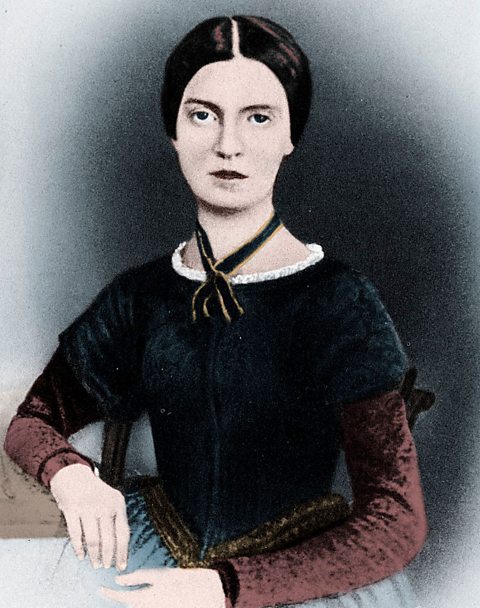
The recluse: Emily Dickinson (1830-1886)
Although she’s now one of the most celebrated American poets of the 19th Century, Emily Dickinson was not well known in her time; of her 1,800 known poems written, only 10 were published while she was alive.
Born in Amherst, Massachusetts, USA, she was seen as a frail child and kept home from school. This set the blueprint for her isolated lifestyle, though she developed a keen interest in poetry and botany as a teen and had many friends. She sent them poems in the form of valentines and letters, and a secret romance – with someone referred to only as ‘Master’ – seemed to cause her great anguish. No one knows who Master was, but her friends George Henry Gould, Kate Scott Anthon and sister-in-law Susan Gilbert Dickinson have all been identified as possible love interests.
Scholars also debate why Dickinson was so reclusive. It might have been that she suffered with agoraphobia or depression, but it’s widely agreed that caring for her ill mother took priority for a large chunk of her life. In her final 15 years, Dickinson barely left her bedroom but produced around 35 poems a year, before dying of heart failure - although, at the time, her death was attributed to kidney condition Bright’s disease.
Her sister Lavinia found her extensive collection of hand-sewn manuscripts, but no instructions, and worked to get them published in 1890. Dickinson might have intended these to stay private, or anticipated After death publication, as she implies in one poem saying, “This is my letter to the world.” After her death, her work was praised for its unconventional syntax, and largely influenced the poetry landscape of the following 20th Century.
Now, more than 100 years later, Dickinson continues to inspire artists all over the globe – she pioneered the style of untitled pieces, short lines, and unusual punctuation, which is echoed among modern Instagram poetry. Her legacy might even extend to Taylor Swift, who some fans believe took inspiration from the poet for her album Evermore, which was released in 2020 on 10 December - Emily Dickinson's birthday. According to genealogy company Ancestry dot com, the two artists may even be related.
This article was published in March 2023

Seven poems you didn’t know you knew
When it comes to poetry, we’re quick to say we don’t know a lot simply because we can’t recite all of Shakespeare’s sonnets by heart. But we bet you’ve been quoting loads without even realising.

Art styles you didn't know you knew
We bet you know more about art than you think you know.
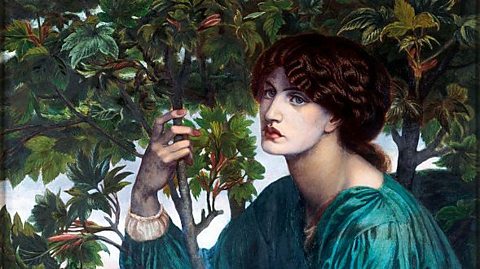
Poetry Podcasts
Learn more about Tennyson and other poets, with the BBC Bitesize poetry podcasts.
